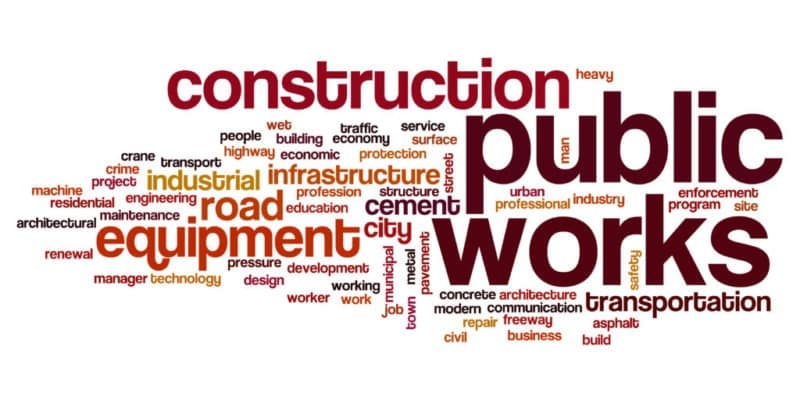Mary Craighead
Oct 13, 2017
The increasing frequency and intensity of natural disasters that have recently come to Texas, Florida, the Gulf Coast, California, Puerto Rico and the U.S. Virgin Islands are a harsh reminder our climate is changing.
But these changes are not limited to far-off coastal communities and tropical islands.
In the Midwest, average temperatures are 4.5 degrees higher than they were in the 1980s. Annual “heavy precipitation days” are up 27 percent since the 1950s.
Great Lakes ice coverage is down, and electricity outages and demand for cooling systems are up. Projections expect temperatures to rise and heavy precipitation seasons to get even more severe for the balance of this century.
Each of these changes carries a very real risk – both in terms of direct infrastructure costs and impact on our $2.6 trillion regional economy.
Higher temperatures reduce the lifespan of roads and bridges, can cause railways to buckle and affect aircraft performance. As we’ve seen just in the past few weeks, flooding and more extreme storms can have damaging impacts far beyond the destruction of individual homes and businesses – disrupting freight and commuter routes and threatening above-ground energy transmission capabilities. This latter point is a special risk for the economy of the Midwest, which features mostly above ground transmission lines.
During this especially intense storm season, lawmakers in Washington and state capitals across our region have been discussing ways to maintain, expand or modernize the infrastructure systems at the heart of our economy. Ultimately, their proposals will entail a significant expenditure of public dollars.
But just as taxpayers wouldn’t want us using outdated technology for today’s infrastructure, we shouldn’t be creating facilities according to outdated heat and rainfall trends. To ensure taxpayers get the best bang for the buck, we need policy makers and project planners to incorporate today’s climate realities.

